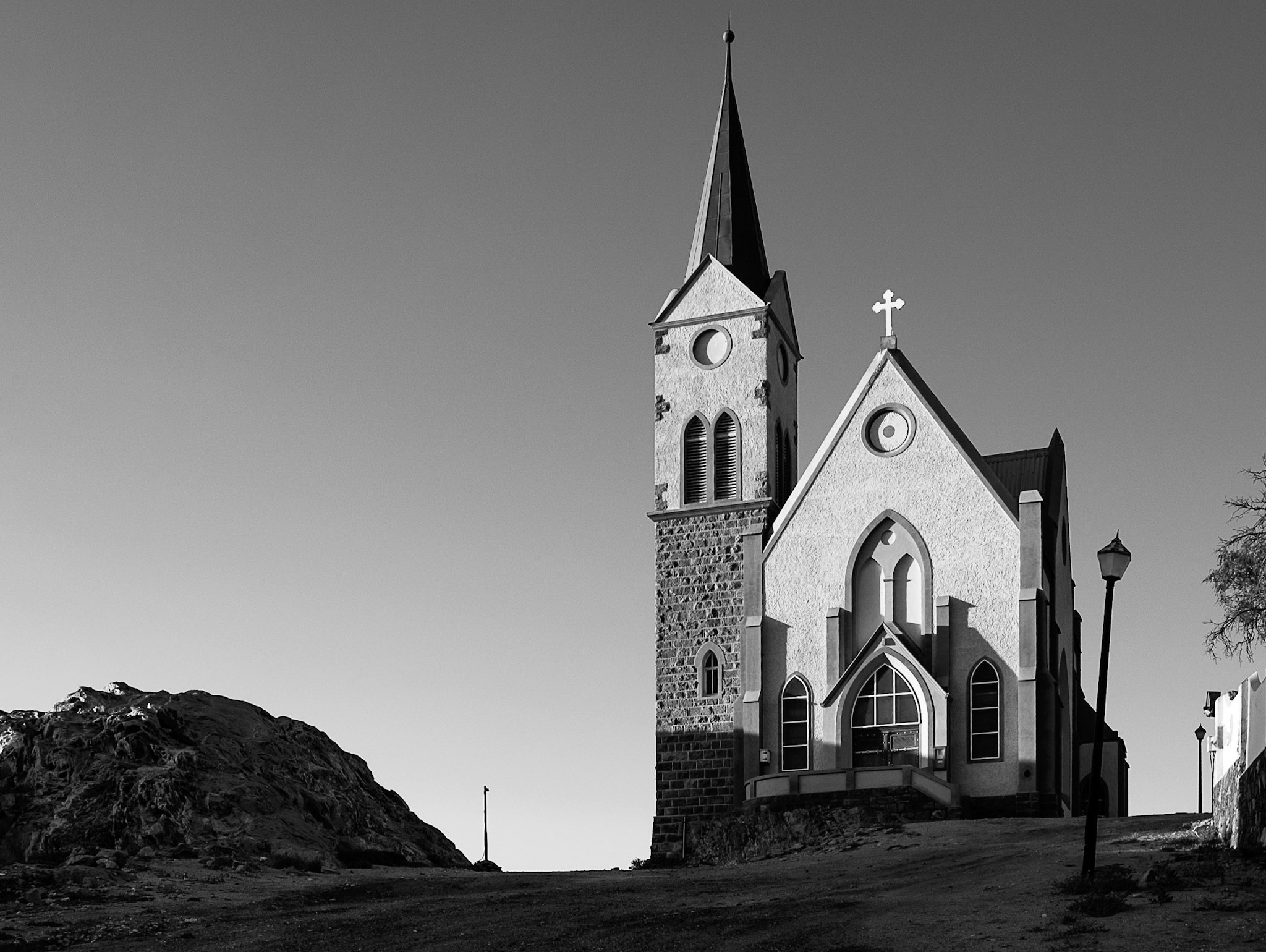Plaza de la Revolucion, Havana
We are greeted, on the eve of the new year, at Havana's Jose Marti Habana airport, by Luise and Patricia. We have no Spanish, but Patricia speaks English; she translates for her husband. Soon Patricia and my wife are chatting away like sisters. We are from Toronto, my wife says, she has been here before, but a long time ago. She expects things have changed quite a lot since then. This is her husband's first visit. I am originally from South Africa, I add, my contribution to the conversation. Luise breaks into a broad grin. He was in Angola, he says. During the war. Luise was an engineer his wife adds, quickly: meaning, he wasn't involved in the fighting. My husband didn't serve in the South African army, either, my wife says. He was against apartheid. Luise and I smile at each other: we are friends, we are saying, without speaking. But who would have thought, that Luise and I would have a connection, through Cuba's support for the MPLA, against South Africa, in Angola's war of liberation? This is but the first of many moments where I have to pause to think, to try to make sense of where we are, what we are seeing. With this in mind, I begin this little photo essay on our trip to Havana, not chronologically, but thematically, politically, with images of the Plaza de la Revolucion, not far from the casa particular of Luise and Patricia. The plaza is at once banal and fascinating, grandiose and crumbling. What strikes me more than anything is that it is a monument to old men, by old men, forever reliving a moment of youthful glory, while the present flows by, heedless, in the stares of tourists.
You may also like









